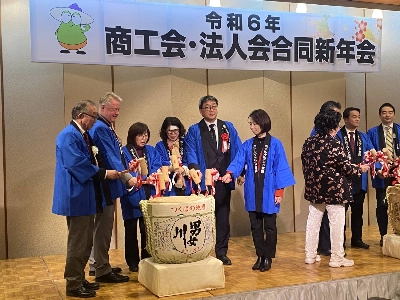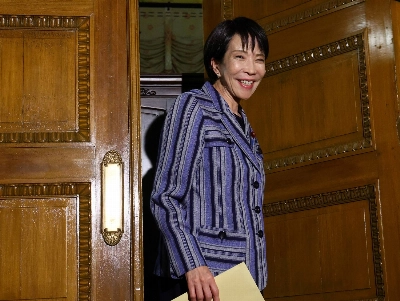Forty years have passed since Mr. Neil Armstrong, commander of the United States' Apollo 11 space mission, and astronaut Mr. Buzz Aldrin landed on the Moon on July 20, 1969 (U.S. Eastern Standard Time). They spent 2 1/2 hours outside the landing module Eagle.
Man's first moon landing was broadcast on television worldwide, and people still remember the utterance of Mr. Armstrong when he set foot on the moon: "That's one small step for (a) man, one giant leap for mankind."
The seed for the Apollo program dates back to U.S. President John F. Kennedy's speech to Congress on May 25, 1961, in which declared that the U.S. would land a man on the moon and return him safely to Earth by the end of the decade. The program was politically motivated. The U.S. saw itself in a science/technology race with the Soviet Union, which had become the first country to put a human in space with the Vostok-1 mission on April 12, 1961. The last moon landing mission, Apollo 17, took place in 1972.


















With your current subscription plan you can comment on stories. However, before writing your first comment, please create a display name in the Profile section of your subscriber account page.